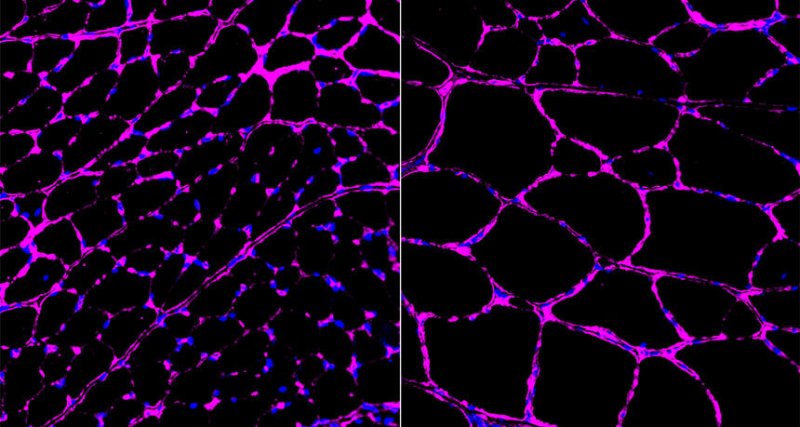Incurable diseases such as diabetes and muscular dystrophy could be treated in future using a new form of genetic engineering designed to boost gene activity, according to scientists.
The technique is an adapted version of the powerful gene editing tool called Crispr. While the original version of Crispr snips DNA in precise locations to delete faulty genes or over-write flaws in the genetic code, the modified form “turns up the volume” on selected genes.
…
The new paper, published in Cell, demonstrates how this strategy might be applied to a range of devastating illnesses.
The team showed that mice, with a version of muscular dystophy, a fatal muscle wasting disorder, recovered muscle growth and strength. The illness is caused by a mutation in the gene that produces dystrophin, a protein found in muscle fibres. However, rather than trying to replace this gene with a healthy version, the team boosted the activity of a second gene that produces a protein called utrophin that is very similar to dystrophin and can compensate for its absence.
…
Alena Pance, a senior staff scientist at the UK’s Wellcome Trust Sanger Institute, said a potential drawback of the work was that the target genes would be boosted in organs throughout the body – raising the possibility of off target effects.
Read full, original post: Adapted Crispr gene editing tool could treat incurable diseases, say scientists































